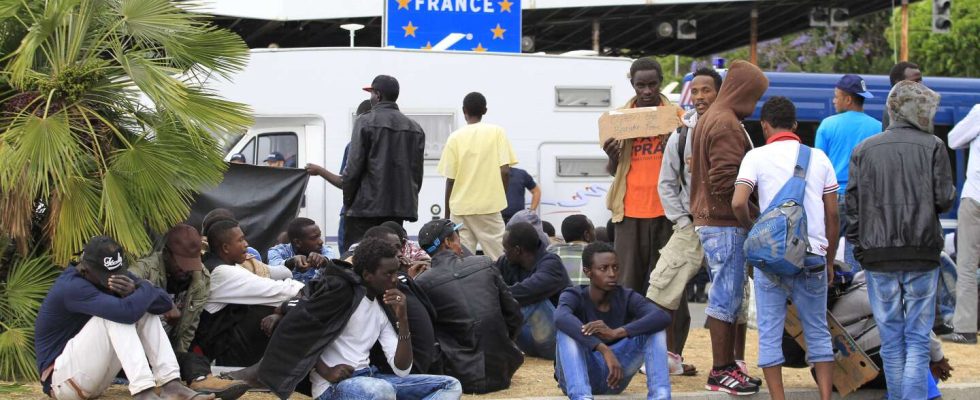Negotiators from the European Parliament and the Council (Member States) reached an agreement, Tuesday February 6, on a reform of the Schengen code intended to clarify and strengthen the framework provided for the reintroduction and extension of controls at the internal borders of this area of free circulation.
Within the Schengen area, which brings together 27 countries – including 23 member states of the European Union (EU) plus Iceland, Liechtenstein, Norway and Switzerland – more than 400 million people can in principle travel without being subject to controls. But since 2015, citing migratory pressure or the terrorist threat – or both – many countries have reintroduced identity checks at their borders. Currently, more than half of them do so. The Schengen area has also been fragmented by movement restrictions decided by member states during the Covid-19 pandemic.
However, these controls are authorized by the Schengen code exceptionally, in the event of a serious threat to public order or the internal security of a State, but on a temporary basis. And the Court of Justice of the EU recalled in April 2022 that they should not exceed six months. In December 2021, the European Commission proposed a revision of the Schengen Code to try to bring order and learn lessons from the Covid-19 crisis.
Free movement and security
According to the agreement reached on Tuesday evening, which must still be formally approved by the European Parliament and the Council, in the event of a serious threat to its security, a State can authorize controls at its borders, for a maximum period of two years, with a possible one-year extension. These States will have to assess the necessity and proportionality of these controls and determine whether the objectives pursued cannot be achieved by alternative measures.
At the external borders, the reform provides in the event of a large-scale health emergency to harmonize the rules for entering the EU from third countries – possible quarantines or tests in particular. EU citizens and residents would be exempt from such entry restrictions. It also provides for responses to attempts by third States to“instrumentalize” migrants with the aim of destabilizing an EU country – as Belarus and Russia have been accused of doing –, in particular by limiting crossing points.
“Free movement within our internal borders and the security of our external borders are the two cornerstones of the Schengen area. The agreement reached today (…) will clarify and strengthen these two pillars”commented the Belgian Minister of the Interior, Annelies Verlinden, whose country holds the six-monthly presidency of the Council of the EU.
French MEP Sylvie Guillaume (member of the Progressive Alliance of Socialists & Democrats group) declared ” satisfied “. “With this agreement, we have protected the free movement of people while responding to the challenges that the Schengen area has faced over the last ten years”she stressed.

